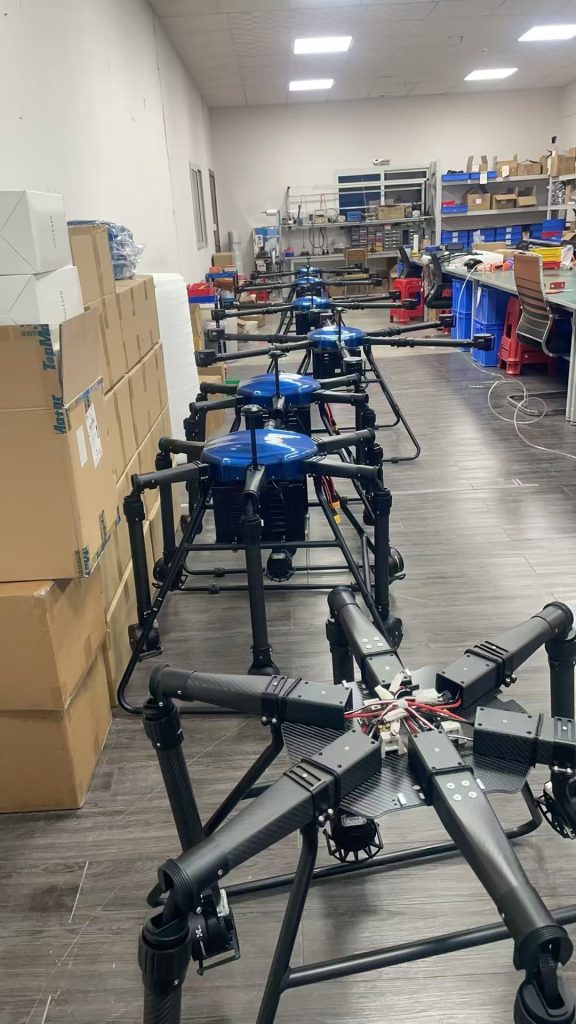
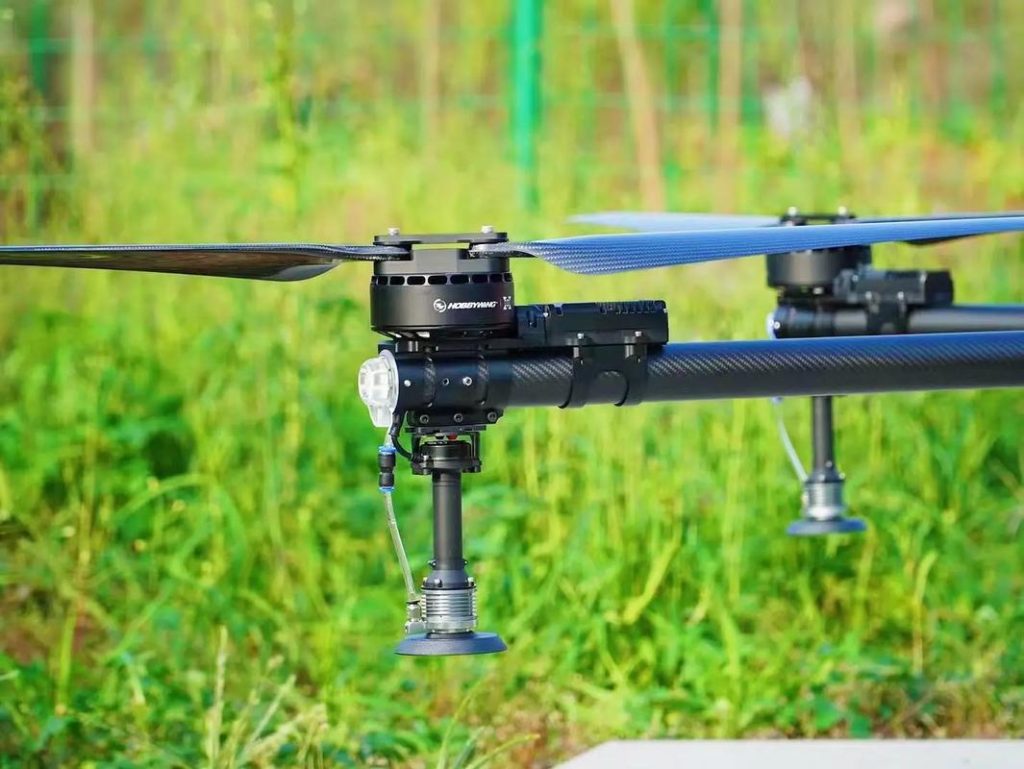
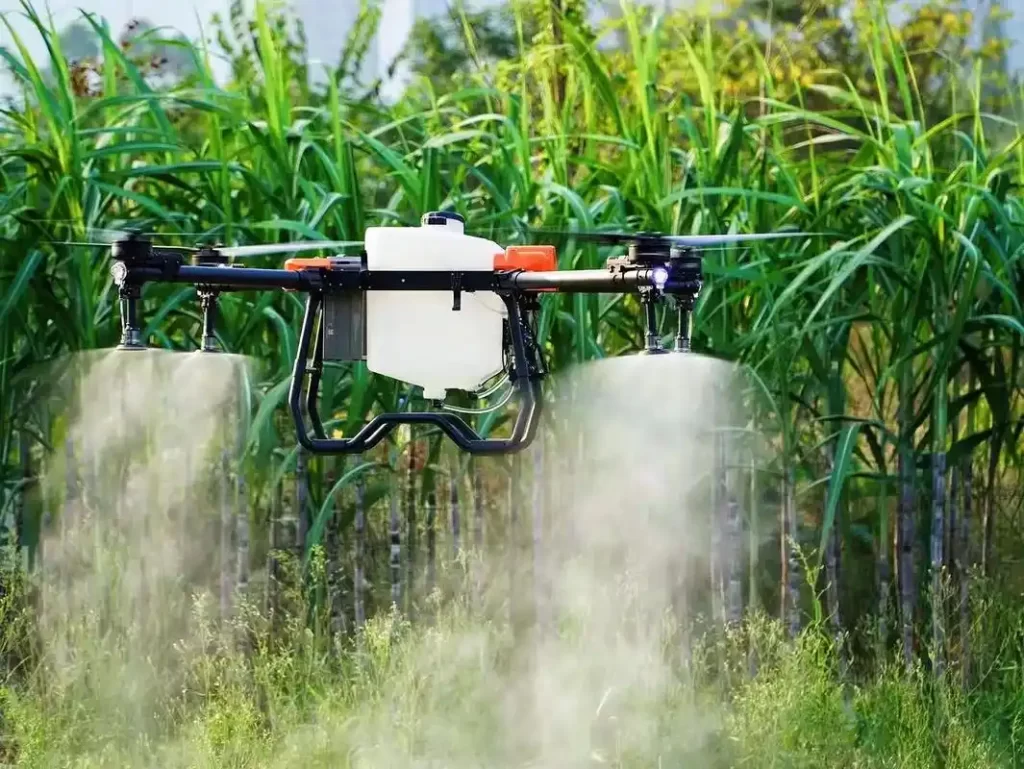
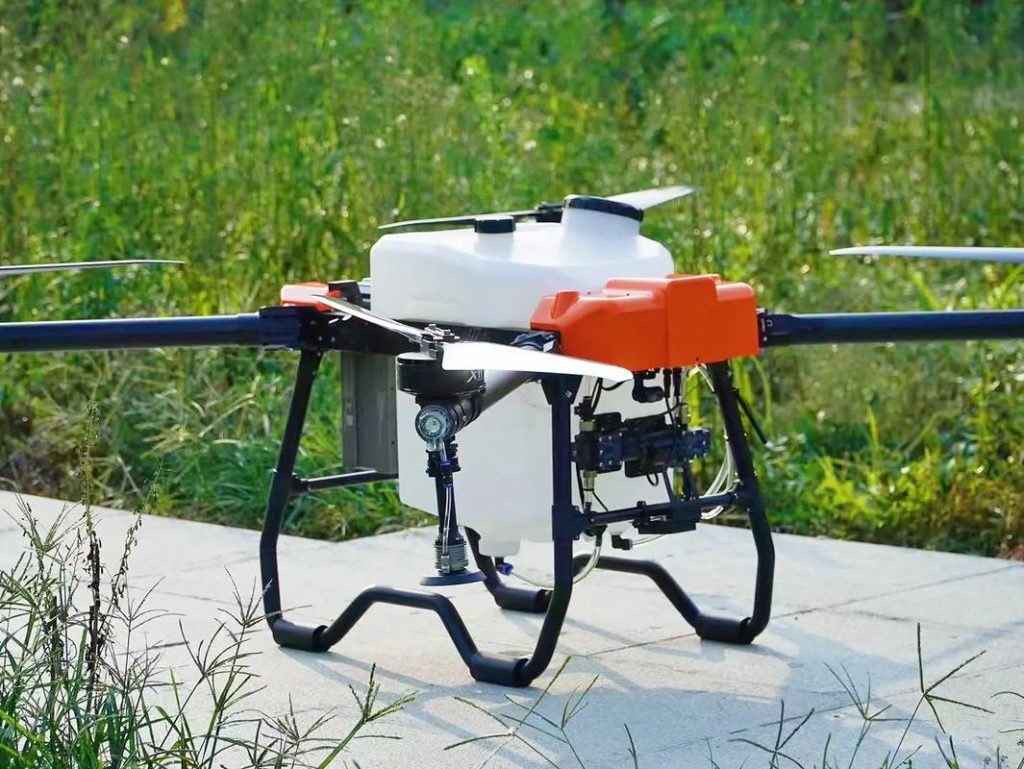

Japan’s agriculture is rich in tradition and innovation. However, with a declining farming population, small fragmented fields, and rising labor costs, the country faces growing pressure to adopt smarter, more efficient farming practices. One of the most practical and scalable solutions is the use of multi-functional agricultural drones—designed to perform a range of field tasks with speed, precision, and minimal labor.
🚁 What Are Multi-Functional Agricultural Drones?
Multi-functional drones are unmanned aerial vehicles (UAVs) built specifically for agricultural operations. They can switch between tasks such as:
- Pesticide and herbicide spraying
- Fertilizer and seed spreading
- Field mapping and terrain analysis
- Crop health monitoring via aerial imaging
Using modular attachments and intelligent software, a single drone can complete multiple jobs throughout the farming season.
🌾 Why Japan’s Farming Sector Needs Drone Innovation
Japan’s agricultural landscape presents several unique challenges:
- Aging farmer population: Over 60% of farmers are over 65 years old
- Small and irregular field sizes: Unsuitable for large tractors or boom sprayers
- Labor shortage: Few young people are entering the agricultural workforce
- Difficult terrain: Sloped or muddy areas complicate traditional machinery use
Multi-functional drones offer practical solutions by automating key tasks, requiring minimal human input, and adapting to various field shapes and conditions.
✅ Key Benefits of Multi-Functional Drones for Japanese Farmers
1. Labor-Saving Efficiency
Drones reduce the physical burden on elderly farmers and minimize dependence on seasonal labor.
2. Rapid Deployment
In case of sudden pest outbreaks or weather changes, drones can be deployed within minutes to apply treatment or survey fields.
3. Multi-Use Investment
Instead of buying different equipment, one drone handles multiple jobs, saving cost and storage space.
4. Increased Accuracy
Using GPS and terrain sensors, drones deliver targeted spraying and spreading, reducing chemical waste and environmental impact.
5. Smart Agriculture Integration
Data collected from drone flights can be used in farm management systems for improved decision-making.
🔧 Features Ideal for Japanese Agriculture
To meet the specific needs of Japanese farmers, ideal drone models include:
- Compact foldable frame for transport on narrow rural roads
- RTK-enabled GPS for centimeter-level spraying accuracy
- Obstacle detection radar for flying in complex terrains
- Easy-to-swap tanks and modules for spray/spread switching
- Weather-resistant design suitable for humid climates
- Japanese language interface for intuitive operation
🛠 Use Cases Across Japan
| Region | Application | Crops |
|---|---|---|
| Niigata | Rice field spraying | Rice |
| Shizuoka | Monitoring & nutrient spraying | Tea |
| Hokkaido | Fertilizer and seed spreading | Corn, wheat |
| Nagano | Aerial disease detection | Apples, grapes |
| Kyushu | Multi-task drone service | Vegetables, flowers |
🤝 Collaboration and OEM Opportunities
Drone manufacturers now offer:
- OEM/ODM customization for Japanese partners
- User manuals and training in Japanese
- Local technical support via remote assistance
- Adaptation to Japan’s drone regulations and subsidy programs
- Private labeling and interface localization
Whether you are a cooperative, agri-tech startup, or drone distributor, these partnership models make it easier to bring drone solutions to local farmers.
🌱 Toward a Smarter, Greener Future
Japan’s government continues to support smart farming under the “Smart Agriculture Promotion Project”, encouraging the use of data, automation, and robotics. Multi-functional agricultural drones align perfectly with this vision, offering:
- Reduced chemical use
- Improved yield per hectare
- Real-time farm analytics
- Sustainable practices that preserve rural ecosystems
Conclusion
Multi-functional agricultural drones are not just flying machines—they are the future of efficient, precise, and sustainable farming in Japan. With their ability to perform multiple tasks, adapt to difficult landscapes, and ease the workload for farmers, they offer a vital path forward for Japan’s agricultural transformation.
Now is the time to invest in smarter solutions—and let drones lead the way to better harvests.


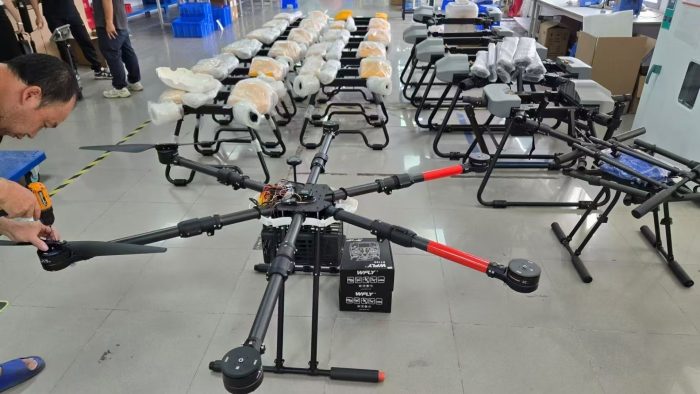

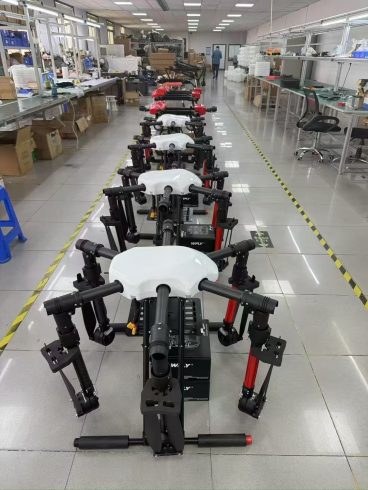
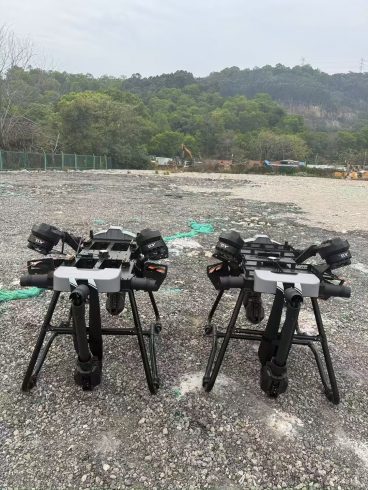
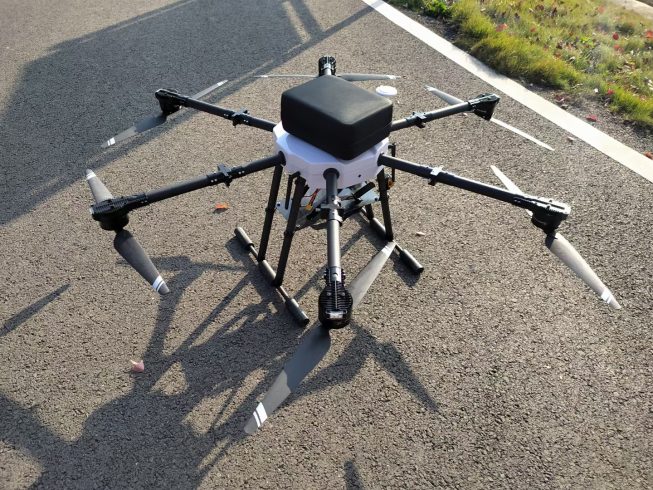
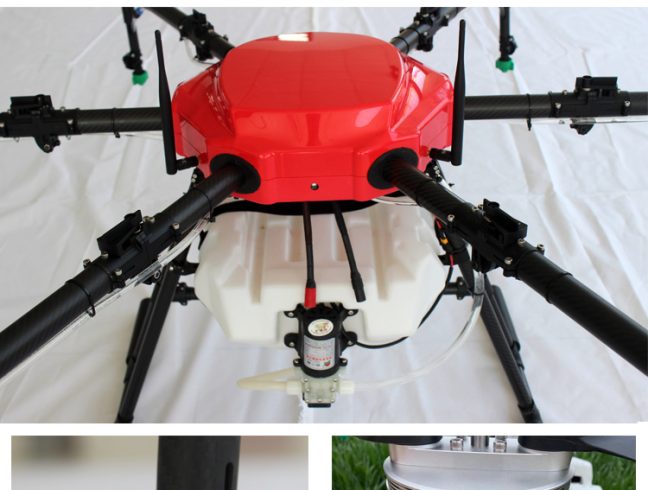

暂无评论内容